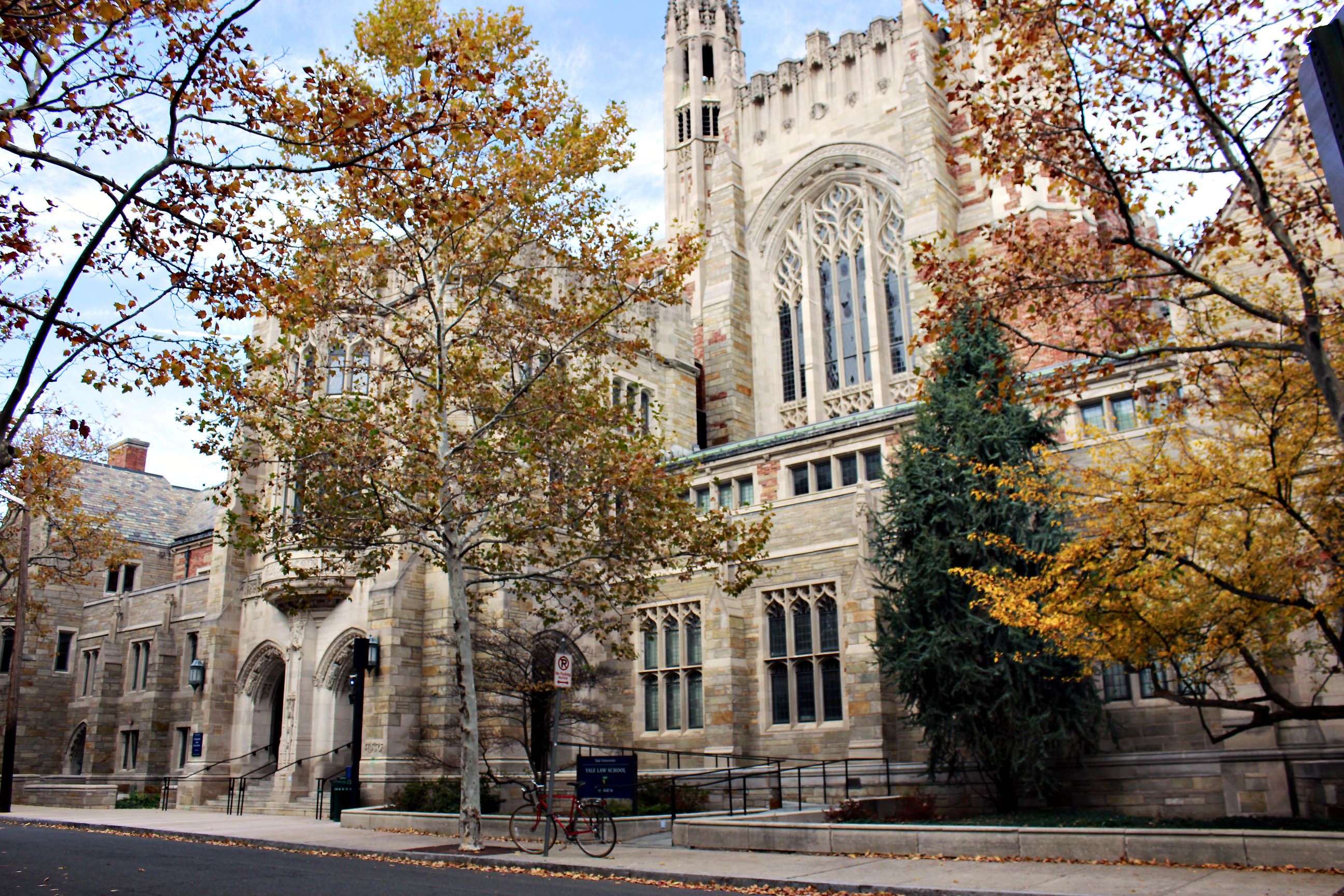
“Seventy-four portraits hang in the halls of Yale Law School. Only six feature women.”
These two sentences appear on the cover of the guide to the Portraits Project, a yearlong initiative by Yale Law Women — a student organization aimed at enhancing the status of women at the Law School — to promote equal visual representation of women at the school. Published in August and disseminated to the student body this fall, the guide detailed the achievements of the six alumnae featured in the portraits, highlighted the harm of visual disparities and proposed candidates for new portraits. Students interviewed said they noticed the lack of women’s portraits at the Law School and praised the project for raising awareness of the issue.
“We hope that [the project] will prompt alumni to sponsor the creation of new portraits of women, and to increase dialogue around this issue within the law school community and beyond,” said Kathryn Loomis LAW ’16, chair of the seven-member Portraits Project Committee.
Loomis also noted the parallel missions of the project and the email sent out by University President Peter Salovey to the Yale Community on Tuesday.
In his email, Salovey said that in recent years Yale has celebrated the contributions of women by increasing the number of portraits of women across campus, and that the University will continue to broaden the visible representation of campus diversity.
The guide acknowledged that although alumni portraits are only one factor shaping gender dynamics at the Law School, portraits hang in important and noticeable spaces such as the school’s two largest lecture halls, the Alumni Reading Room and the main stairwell. The guide also incorporated studies on the alienation of female law students, as well as social science research on the effects of visual underrepresentation more broadly.
Loomis said members of Yale Law Women have long been troubled by the dearth of females represented in the portraits, adding that the project’s launch in the fall of 2014 was sparked by a student not affiliated with the group who raised the same concerns.
The six portraits currently hanging include Carolyn Dineen King LAW ’62, the first woman to serve as Chief Judge of the Court of Appeals for the Fifth Circuit, Ellen Ash Peters LAW ’54, the first woman appointed to the Supreme Court of Connecticut and Patricia McGowan Wald LAW ’51, the first woman appointed to the D.C. Circuit Court of Appeals.
Former Yale Law School Dean Guido Calabresi ’53 LAW ’58, during whose tenure two of the portraits of women were painted, said that the rules governing the portraits go back well before his deanship.
There are two categories of portraits, Calabresi said. One is the automatic category, meaning that no permission is needed for putting up the portraits, and the other category is up to the discretion of the dean. Portraits which fall in the automatic category feature alumni or faculty members who have served as president of the United States, justice of the Supreme Court and chief judge of one of the circuit courts, Calabresi added.
Regardless of the category, portraits other than those of former deans must be paid for through outside funding, which usually involves alumni sponsorship. Because the Law School does not actively seek funding for portraits, individuals have to take the initiative to raise funds for a portrait of someone, he added. Calabresi said that so long as outside funding is secured, the school will “no doubt” put up portraits of prominent women.
The Portraits Project guide proposed names for new portraits, which include Associate Justice of the Supreme Court Sonia Sotomayor LAW ’79, Hillary Clinton LAW ’73 — former secretary of state and presidential candidate — and Marian Edelman LAW ’63, the first African-American woman admitted to the Mississippi Bar.
According to the guide, women and men graduate from law schools nationwide in almost equal numbers. But women make up only 34 percent of the legal profession and earn 78.9 percent of what male lawyers earn in the United States, the guide said.
According to the guide, numerous studies over the last four decades have documented the feelings of alienation that are common among women in law school, and the detrimental effects of that alienation on women’s achievement.
“Visual representation can serve as an important medium of feelings of inclusion or alienation,” the guide said.
But although Calabresi said it is important to make people feel they are welcome at the school — which should be made clear by every possible symbol, including portraits — he noted that “alienation” is a stronger word than what he would use.
Of the six law students interviewed, five said they are aware of the Portraits Project and said there is a lack of portraits of women at the law school.
“When I came for the Admitted Students Weekend [in April], I was shocked by the few female portraits on the wall,” Christina Ford LAW ’18 said, adding that putting up more portraits of women is “a small change that can have big impact.”







